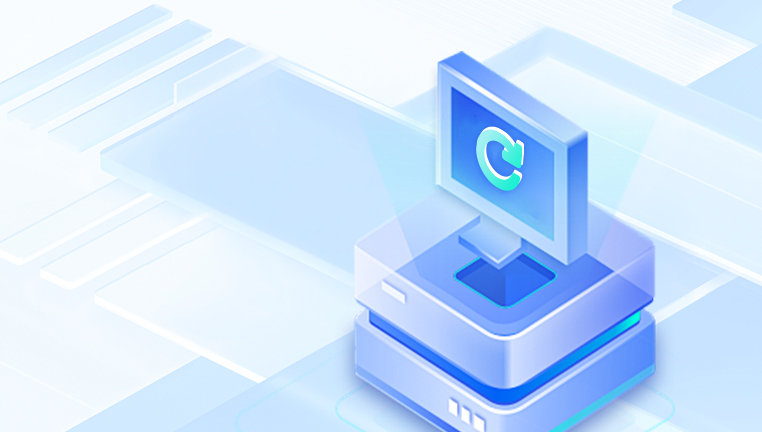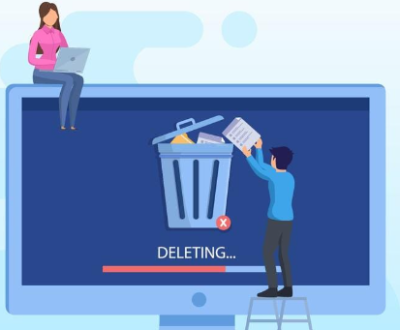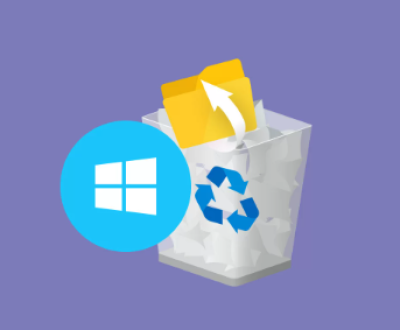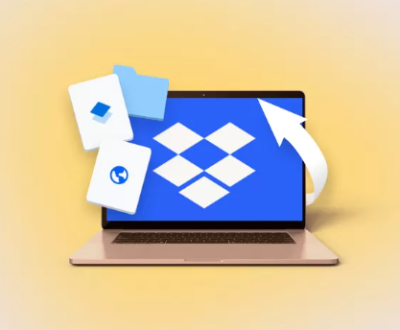VirtualBox is one of the most widely used open-source virtualization platforms, allowing users to run multiple operating systems on a single machine. However, like any software, it is not without its issues. One common error that users encounter is “Vd: Error VERR_FILE_NOT_FOUND Opening Image File”. This error typically occurs when VirtualBox is unable to locate the virtual disk image (VDI, VMDK, or other supported formats) associated with a virtual machine.
The error message “Vd: Error VERR_FILE_NOT_FOUND Opening Image File” generally appears when VirtualBox attempts to start a virtual machine but fails to locate the assigned disk image. This can happen due to the following reasons:

The virtual disk file has been moved, deleted, or renamed – VirtualBox is looking for a file that no longer exists at the specified path.
Incorrect VirtualBox configuration – The virtual machine’s configuration file might still reference an old or non-existent image file.
Permission issues – The user running VirtualBox may not have the necessary read/write permissions to access the file.
Corrupted or incomplete VirtualBox installation – A corrupted installation may cause VirtualBox to malfunction.
Filesystem issues – The storage drive containing the virtual disk might be experiencing issues, making it inaccessible.
Fixing the “Vd: Error VERR_FILE_NOT_FOUND” Issue
1. Verify the Existence of the Virtual Disk Image
The first step in troubleshooting is to confirm whether the virtual disk file still exists.
Steps:
Open VirtualBox and locate the affected virtual machine.
Click on Settings > Storage.
Under the Controller section, check the file path of the virtual disk.
Navigate to the specified location in your file manager (Windows Explorer, Finder, or Linux Terminal) and confirm the presence of the disk image.
If the file is missing:
Check your Recycle Bin (Windows) or Trash (Mac/Linux) to see if it was accidentally deleted.
Use file recovery software to attempt restoring a deleted image.
If the file was moved:
Move it back to the original directory.
Alternatively, update VirtualBox with the new file path (explained in the next step).
2. Update the Virtual Machine’s Configuration
If the virtual disk was moved or renamed, VirtualBox may still be trying to access the old file location.
Steps:
Open VirtualBox and select the virtual machine.
Click Settings > Storage.
Remove the missing virtual disk by selecting it and clicking the Remove button.
Click Add (+) and navigate to the new location of the virtual disk file.
Select the file and save the changes.
After making these changes, try starting the virtual machine again.
3. Check File and Folder Permissions
Incorrect permissions can prevent VirtualBox from accessing the disk image.
Windows:
Navigate to the folder containing the virtual disk file.
Right-click the file and select Properties.
Go to the Security tab.
Ensure that your user account has Read and Write permissions.
Linux:
Use the terminal command:
ls -l /path/to/your/image.vdi
If necessary, change the permissions with:
sudo chmod 644 /path/to/your/image.vdi
or change ownership with:
sudo chown $USER:$USER /path/to/your/image.vdi
Mac:
Open Finder and locate the virtual disk.
Right-click and select Get Info.
Under Sharing & Permissions, ensure you have the correct privileges.
4. Repair VirtualBox Installation
A corrupt VirtualBox installation can cause issues with file paths and configurations.
Steps to Repair VirtualBox:
Windows:
Go to Control Panel > Programs and Features.
Locate VirtualBox, right-click, and select Repair.
Mac/Linux:
Uninstall VirtualBox using the standard process for your OS.
Download and install the latest version from the official VirtualBox website.
After reinstalling, check if the error persists.
5. Check for Filesystem Issues
If the virtual disk file is stored on an external or failing drive, filesystem corruption may be the cause.
Windows:
Open Command Prompt as Administrator.
Run:
chkdsk /f /r
Restart your system and check if VirtualBox recognizes the disk.
Mac/Linux:
Use the fsck command to check the integrity of the filesystem:
sudo fsck -fy /dev/sdX
(replace /dev/sdX with your drive’s actual identifier).
If you suspect a failing drive, consider transferring your virtual disk to a different location.
6. Manually Edit the VirtualBox Machine Configuration (.vbox) File
If the issue persists, manually editing the .vbox configuration file may help.
Steps:
Navigate to your VirtualBox machine folder (typically ~/VirtualBox VMs/YourVMName).
Locate the .vbox file and open it in a text editor.
Look for entries related to the missing disk and update the file path.
Save the changes and restart VirtualBox.
About us and this blog
Panda Assistant is built on the latest data recovery algorithms, ensuring that no file is too damaged, too lost, or too corrupted to be recovered.
Request a free quote
We believe that data recovery shouldn’t be a daunting task. That’s why we’ve designed Panda Assistant to be as easy to use as it is powerful. With a few clicks, you can initiate a scan, preview recoverable files, and restore your data all within a matter of minutes.

 Try lt Free
Try lt Free Recovery success rate of up to
Recovery success rate of up to









